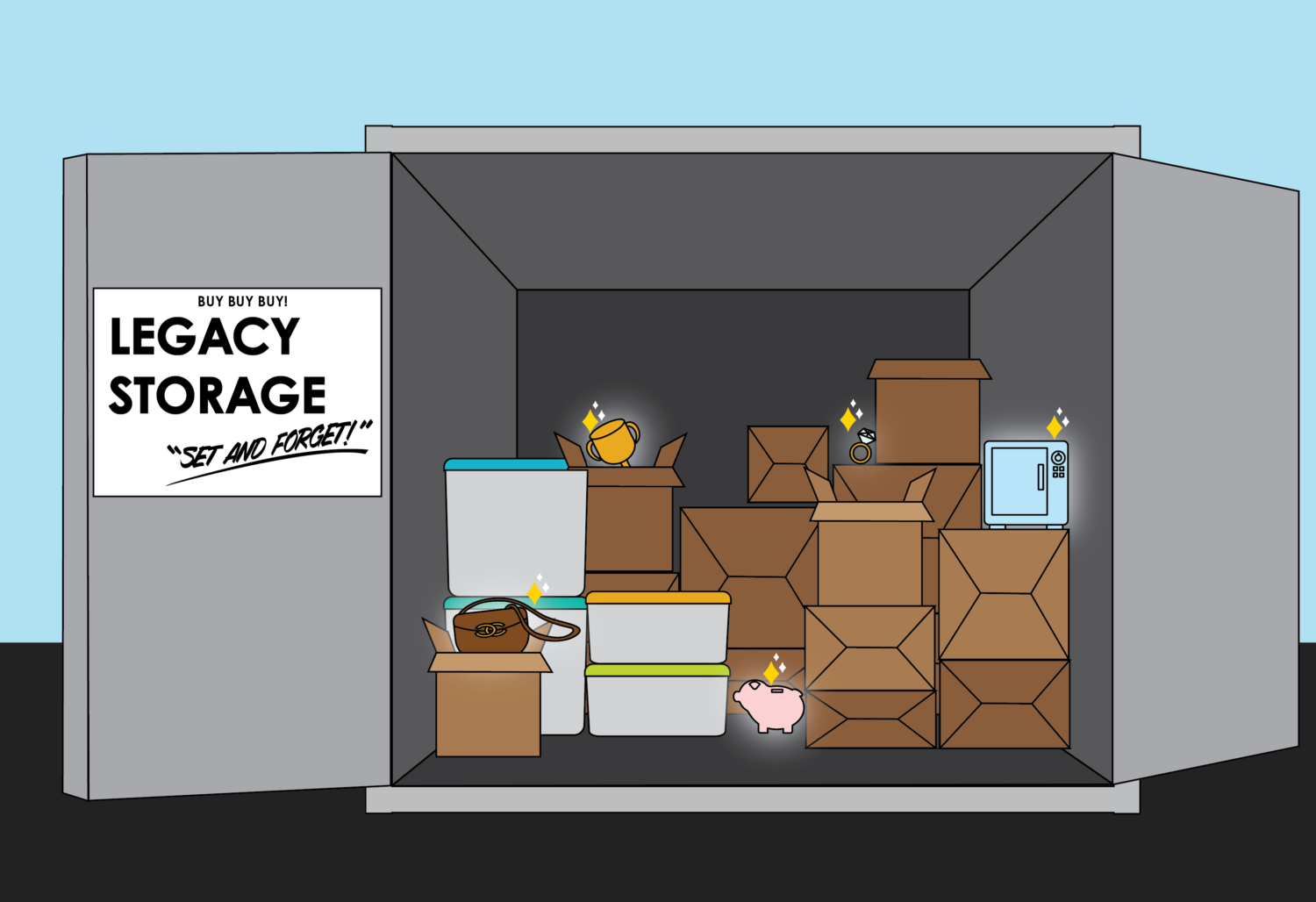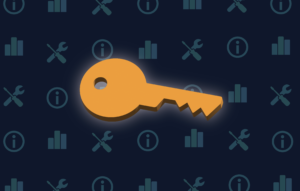Blog Team
Congruity360 Marketing
For many companies and organizations, managing legacy data—information stored in outdated systems or formats—poses a significant challenge that can not be overlooked. Effectively managing your legacy data is crucial in maintaining business continuity, ensuring regulatory compliance, and unlocking valuable insights for strategic decision-making. In this guide, we will discuss the importance of legacy data management and provide practical tips on how to manage your legacy data effectively.
What is Legacy Data?
Legacy data refers to the information that an organization has stored over the course of its operations but no longer actively uses in its day-to-day business. This can include data from retired systems, archived files, outdated formats, or systems that have been replaced or upgraded.
While it may not be in active use, legacy data holds significant value for organizations. It can provide historical insights, support regulatory compliance, and be a resource for strategic decision-making. However, managing legacy data presents unique challenges, including issues with data compatibility, storage, security, and accessibility, which is why a comprehensive legacy data management strategy is crucial.
The Importance of Managing Legacy Data
Effective management of legacy data ensures that this valuable resource is available and accessible when needed, such as for audit purposes or historical analysis. Additionally, a well-managed legacy data system can prevent data loss or corruption, both of which can be catastrophic for businesses. Properly managed legacy data facilitates better decision-making by providing historical trends and patterns that inform strategic planning. It also supports regulatory compliance, as many industries have stringent rules regarding data retention and management.
Good legacy data management practices can improve operational efficiency by minimizing the clutter of outdated or irrelevant data, thereby freeing up storage space and enhancing system performance. That’s why investing in effective legacy data management strategies is not just a best practice; it’s a business imperative.
How to Manage Legacy Data
Now that we’ve established the importance of managing legacy data, let’s delve into the key steps and strategies that can help you effectively handle this valuable resource. These practical and reliable approaches to legacy data management that can strengthen your business operations and decision-making abilities.
Converting Your Data
Converting your legacy data into a standardized, usable format is a crucial step in managing legacy data. It involves transforming data from outdated or obsolete systems into a format that can be readily accessed and used by your current systems. This process may involve tasks such as data cleansing, deduplication, and validation to ensure accuracy and relevance.
When converting your data, it’s important to maintain a strict adherence to data integrity, ensuring no valuable information is lost or altered during the process. Utilizing professional data conversion tools or services can provide the necessary expertise and resources to handle large-scale data conversion projects effectively and efficiently.
Archiving Your Data
Archiving your data involves moving the data that is no longer actively used but still valuable from live systems to long-term storage. This process not only frees up valuable storage space on your primary systems but also ensures that the data is kept secure and accessible for future needs. When archiving your data, it’s crucial to maintain a comprehensive data catalog that provides detailed information about the archived data, such as its origin, nature, and storage location. This will facilitate easy retrieval of data when required.
Additionally, the archived data should be backed up regularly, and its integrity must be checked periodically to prevent data degradation over time. It’s important to note that archiving should comply with the data retention policies and regulations relevant to your industry.
Migrating Your Data
Data migration involves transferring legacy data from old systems to more current, efficient systems without compromising the data’s integrity. Conducting data migration requires thorough planning and execution.
- Establish a migration strategy that includes defining the data to be migrated, the format it will take, and the system it will be moved to.
- Prepare the data for migration, by cleaning, deduplicating, and ensuring it’s in a format compatible with the new system.
- Use reliable, automated tools to carry out the migration process, minimizing the risk of errors and data loss.
- Post-migration, thoroughly test the data in the new system to confirm it has been accurately transferred and is fully functional.
Remember to regularly update your data migration strategies to adapt to changing technologies and business needs.
Data Cleaning
Data cleaning is an integral part of managing legacy data, requiring meticulous attention to detail to ensure the accuracy and integrity of your data. This process involves identifying and rectifying errors, inconsistencies, and inaccuracies in your data sets, such as duplicate entries, missing values, or incorrect data formats.
Data cleaning also helps to enhance the overall quality of the data, making it more reliable for analysis and decision-making. Tools and software with automated data cleaning features can be utilized to streamline this process, reducing the time and effort required, and minimizing the risk of human error.
Getting Started with Legacy Data Management
Embarking on the journey of legacy data management can seem overwhelming, but with a clear roadmap, it becomes significantly more manageable. This should include plans for data auditing, cleaning, conversion, migration, and archiving. Select the appropriate tools and technologies that align with your strategy and complement your system infrastructure. Implementing a robust governance structure is also critical to ensure standardized procedures and adherence to data management best practices. Remember, effective legacy data management is not a one-time activity, but a continuous process that evolves with your organization’s needs and the technological landscape.









